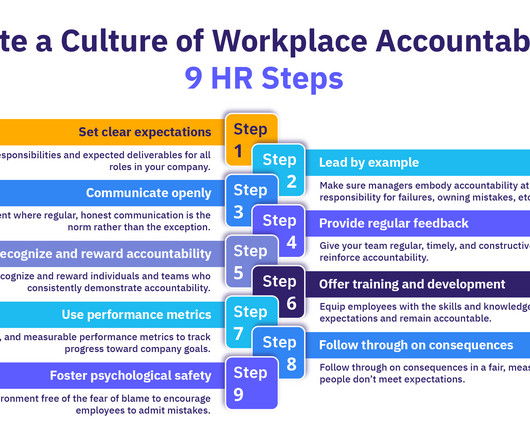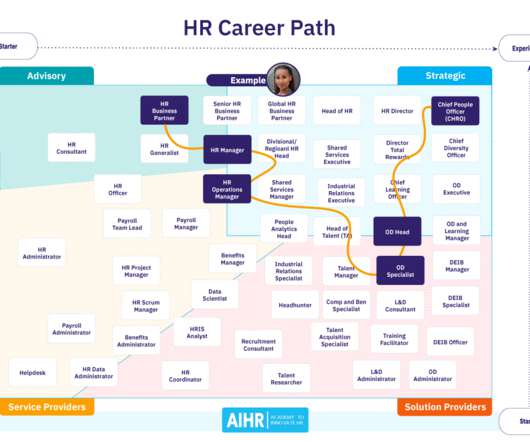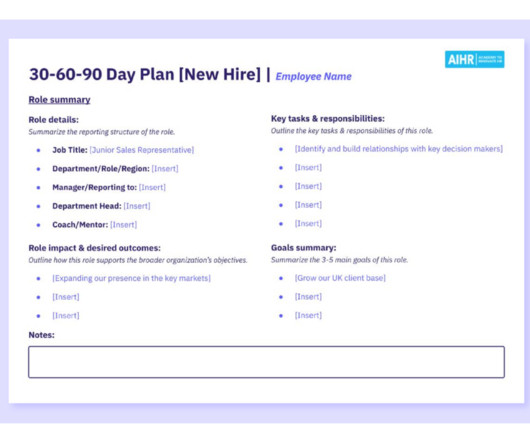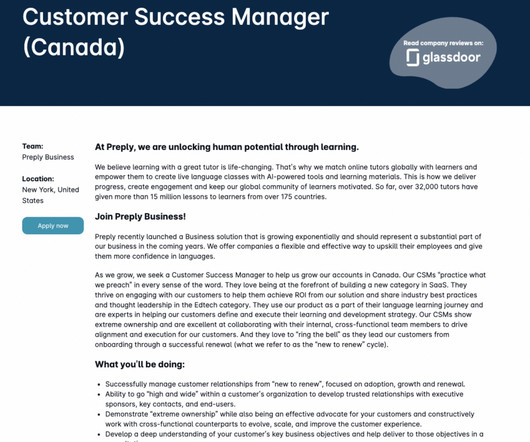Accountability in the Workplace: Your 9-Step Guide to Creating a Culture of Accountability
AIHR
APRIL 28, 2025
Track and measure impact Track metrics to assess your accountability initiatives impact on key outcomes like productivity, engagement, and turnover. Demonstrate how these KPIs impact the number of new customers and the companys sales revenue. Share your findings to demonstrate the tangible benefits of workplace accountability.



























Let's personalize your content